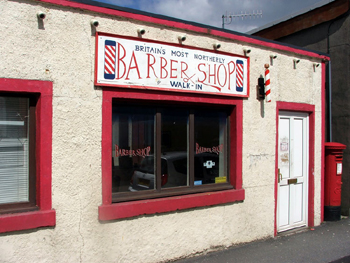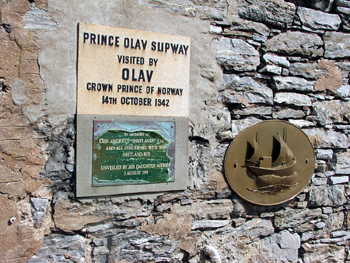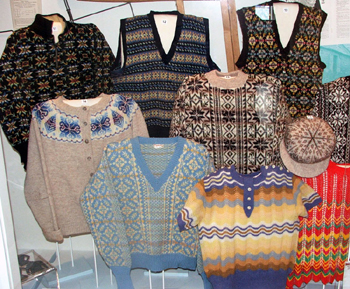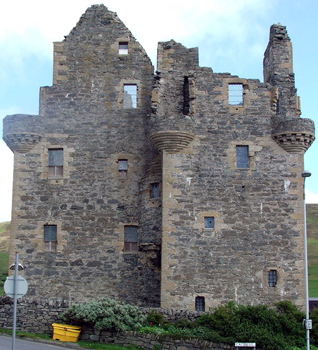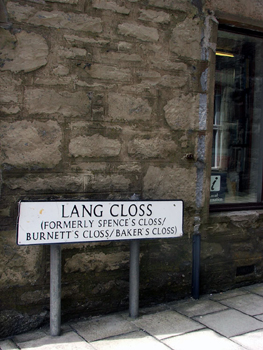 |
 |
 |

Sometimes you just can't tell whether Shetlanders are being ironic. One of the features of Shetland-speak is the use of "da" for "the", obviously derived from ancient Viking hip-hop. So we've already seen a bar called "Da Wheel" and a store called "Da Store" and then there's this sign at the harbor, which tells you absolutely nothing that you didn't already know.
